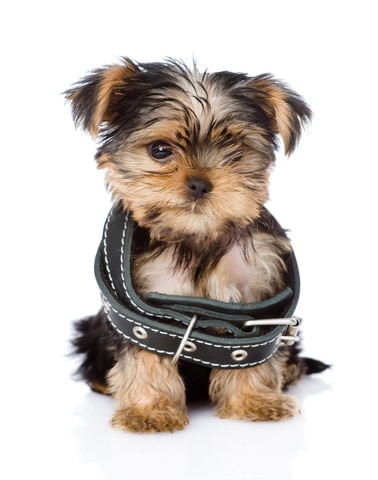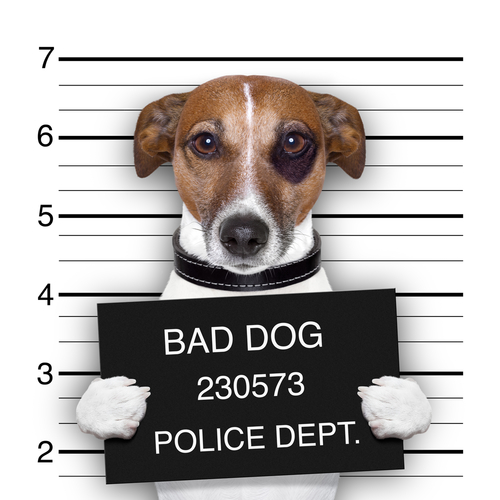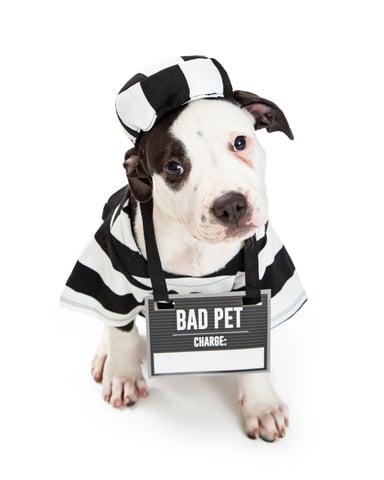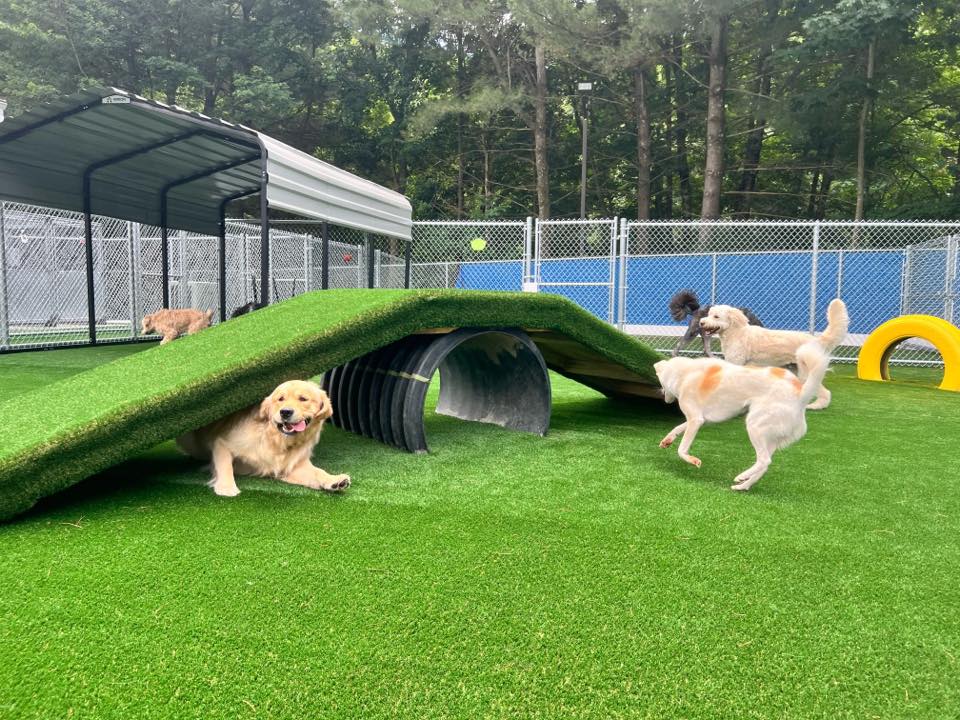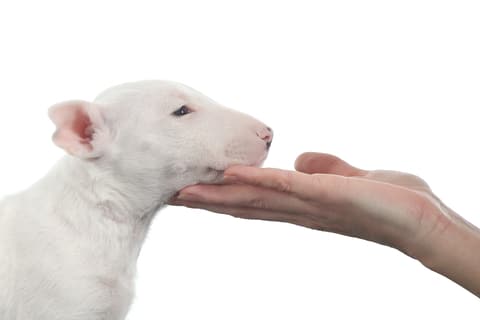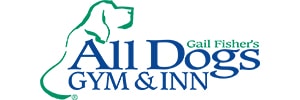Make sure your dog is enjoying the interaction.
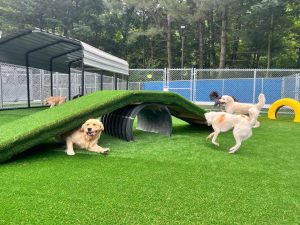
A while ago I was parked near a dog park. I love observing dog interaction, so I sat in my car and watched the four dogs and owners. The owners chatted together as their dogs “played.” I use quotation marks because despite what their owners likely thought, “playing” is not what the dogs were doing. For several minutes the dogs engaged in what most people would think was a nice game of racing around playing “Chase Me.” It looks like great fun as dogs release their energy, get exercise, and hopefully tire out a bit. I’m sure the well-intentioned owners in the dog park were thinking something along these lines. The problem is one dog was being chased by the other three and was definitely not having fun.
Canine chase games have rules that well-adjusted, well-dog-socialized dogs play by. Rule #1 is that the lead dog, the “chasee,” is enjoying leading the chase. Rule #2 is that the dogs switch roles, taking turns being the chaser and the chased. If that doesn’t happen, if one dog is being pursued but is never the pursuer, chances are that dog is being intimidated, and even bullied.
The chasee’s body language communicates the dog’s discomfort. What I noted was that the lead dog’s tail was down and his or her ears were back and down, rather than up. Both the lowered tail and ears are indicators of the dog’s discomfort. At one point the dog stopped and turned to face the pursuers. The dog’s ears were back, mouth open and panting with the corners of the mouth pulled back as the dog tried to fend off the others. Not being able to so, s/he started running again.
The dogs’ owners could have (and should have) interrupted the chase game, calmed the dogs and redirected them to another game, giving the “chasee” a chance to chill out. Sometimes simply stepping between the dogs, or “splitting” them, is enough to break the chase cycle.
When visiting a dog park, a dog’s mental, physical and emotional health must be the owner’s top priority. Owners need to focus on what the dogs are doing, making sure his or her dog is truly enjoying the interaction, paying attention to what their dogs’ body language is saying.
I have to admit that dog parks are not my favorite places. It’s not that I’m opposed to having a safe place for dogs to run free, to sniff, explore, play with their own species and have a good time being normal dogs. My issue is that few dog parks are “safe” for the canine attendees. The issue isn’t the physical layout, it’s lack of dog owner education and understanding of dog behavior.
In the 1990’s there were no public dog parks. We held weekend playgroups at All Dogs Gym where we created play groups by age (puppies versus adults) and size (small versus large dogs). Owners watched their dogs play in appropriate groups, which were supervised by our trained staff. We charged $5 for an hour of playgroup to pay the staff who interacted with the dogs and owners.
Our staff’s role was to point out the dogs’ body language to help owners learn to read their dogs and to step in when necessary to pro-actively head-off potential problems. We had body language hand-outs, and viewed these sessions as important education for to both species. The dogs got to play, and the owners got to watch their dogs play and just as importantly, to learn about dog communication.
When towns in the area opened dog parks starting 20 or so years ago, our playgroups became obsolete. While public dog parks offer the opportunity for healthy dog interaction, unfortunately few owners understand what constitutes healthy interaction, lacking the knowledge of how to step in and help their dog. Just as problematic, many owners disregard or fail to recognize unhealthy interaction—as I observed—making it difficult for an owner to advocate for his or her own dog.
My advice is to watch your dog’s interaction. And trust your gut. If you’re worried about another dog or a particular interaction, if you have a funny feeling, trust it! The fallout from an unpleasant experience at a dog park can impact a dog’s feelings toward his fellow canines for the rest of his life. We are reminded of this frequently when we try to rehabilitate a puppy or dog that has become fearful or even aggressive because of an unfortunate experience at a dog park or playing with another dog.
If you are uncomfortable about another dog, an interaction or your dog’s safety, act on your feelings: Always err on the side of caution. Your dog is depending on you.

